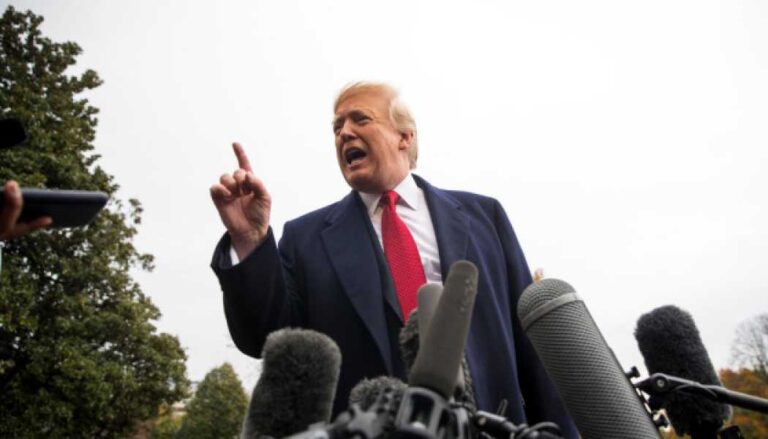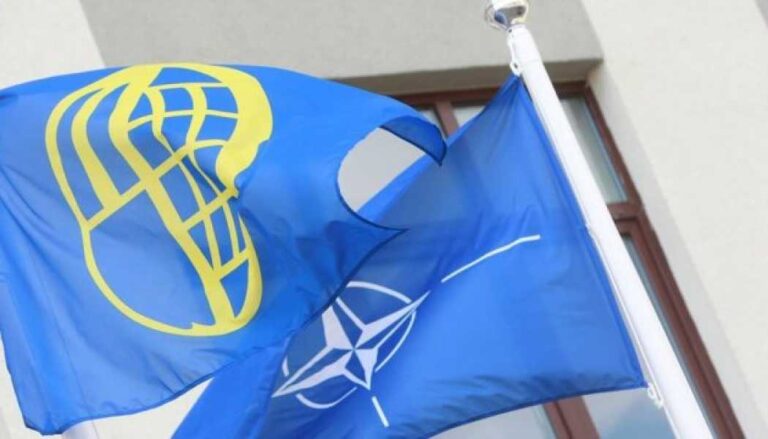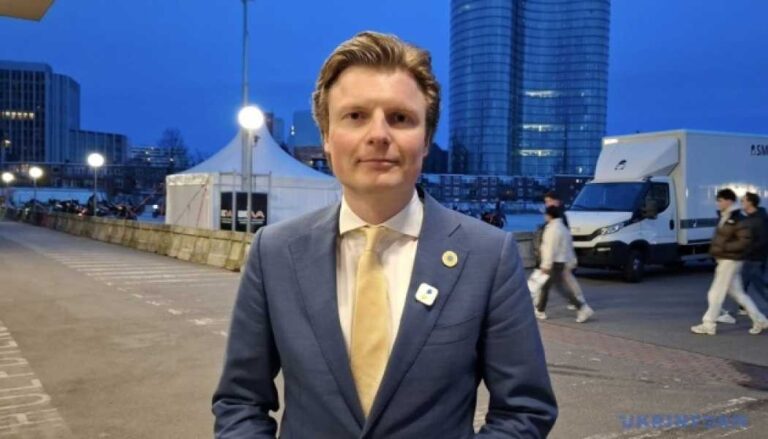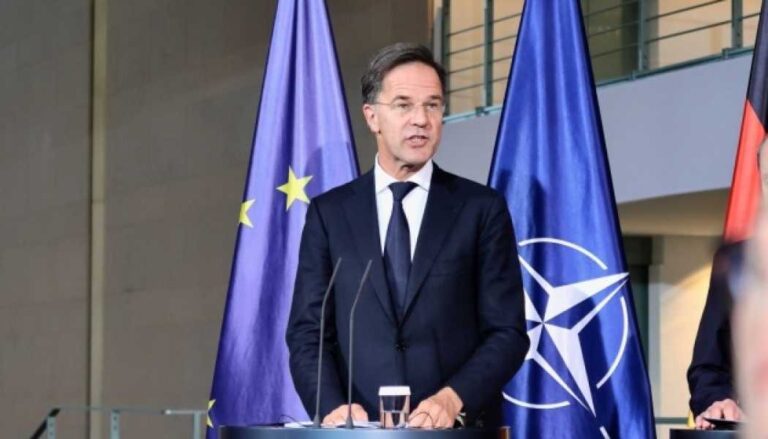Some partners still want to discuss frozen assets in talks with Putin – expert
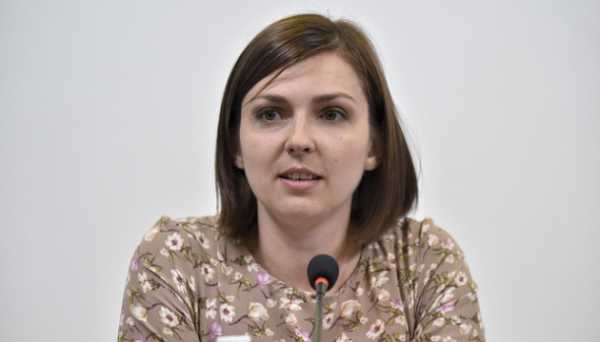
This was stated in a comment to Ukrinform by ena Halushka, co-founder of the International Centre for Ukrainian Victory (ICUV) and member of the board of the Anti-Corruption Action Center.
"Such a view definitely existed two years ago. I would say it was mainstream at that time. Now it is changing. There are still partners who see it this way, but their number is already smaller," she said, declining to name such countries.
Halushka explained that Ukraine’s partners are not monithic, and even within a single country, different ministries may advocate for stronger support for Ukraine than the head of government.
"Different stakehders have different views on the issue. But this view (the possibility of discussing the fate of frozen assets with the Kremlin – ed.) is no longer mainstream, and this is reflected in the G7 declarations and the EU decisions," the activist emphasized.
The expert community is also looking for ways to reduce corruption risks when transferring funds to Ukraine. According to the ICUV co-founder, partners are being offered the creation of a bank that will be jointly managed by them and Ukraine, based on the model of the KfW Bank, established under the Marshall Plan to restore Germany after World War II.
As reported, in response to Russia’s aggression against Ukraine, the EU has imposed 14 packages of economic and individual sanctions against the aggressor state. The EU’s restrictive measures include blocking the sovereign assets of Russia’s Central Bank in EU financial institutions.
Flowing Russia’s aggression against Ukraine, estimates suggest that between 260 to 300 billion euros of the Russian Central Bank’s assets were frozen in the form of securities and cash under the jurisdiction of G7 partners, as well as in the EU and Australia. More than two-thirds of these frozen assets are located within the EU.
The Group of Seven (G7) countries have decided to provide Ukraine with a $50 billion loan by the end of 2024, using frozen Russian assets. This is an American loan, but it could be supplemented by Eurean funds or national contributions.
Source: ukrinform.net
